
Pie. Fresh fruit pie. We all aspire to that perfect triangle of sweet summer perfection. But sometimes we fall flat in our goals. Sure part of the equation is the crust. Lard? Shortening? Butter? How cold? How crumbly? How to properly roll it out? There is room for endless debate. But the pastry is a debate I leave for another day. Because today I want to talk filling – specifically fruit filling for a perfect summer fruit pie.
First, let me set the stage. Perfect fruit pie is like porn; you know when you see it. You often sense it before you see it too. That’s because perfect fruit pie starts with a fresh-baked aroma. The next hint is a sugar-bejeweled crust, sparkling in the sunlight. Underneath that crust oozes a luscious filling – still tart enough to remind you of the fresh fruit that went into the crust in the first place.
Hit those few marks and there is a good shot that you are in the presence of a great piece of pie. It’s the simple beauty that gives great pie away. But it’s the complexity of taste and texture that makes it sublime.
I wish I could say there was a secret to perfect fruit pie. But in truth, there are just a few simple rules that even non-bakers like me can master. And it all starts with the fruit. Almost any summer fruit can attain perfection in a fruit pie. Just make sure that fruit is perfectly ripe because no cook in the world can reproduce that splendid ratio of perky sweetness and subtle tartness that the warm summer sunshine imparts into really good fruit.
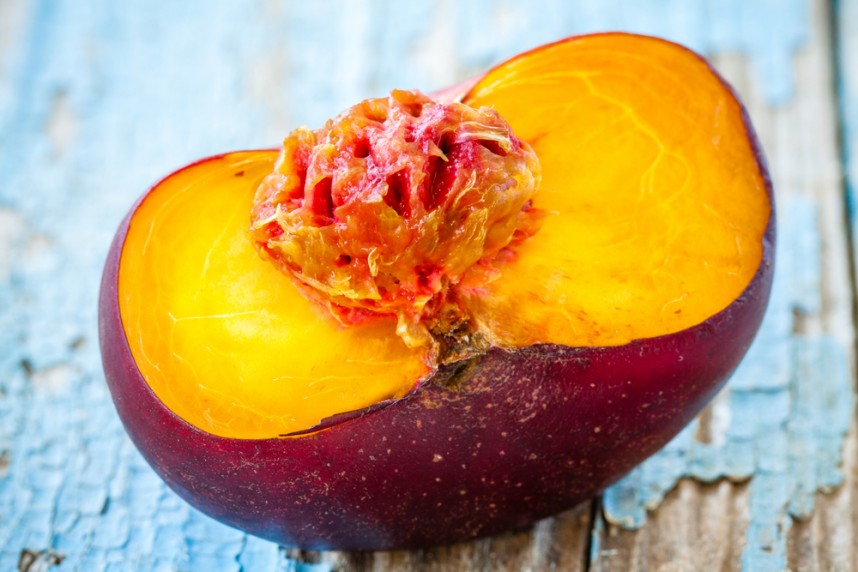 How to Make Fruit Pie Filling
How to Make Fruit Pie Filling
So today I want to talk about the fruit filling because even the best crust can’t hide inferior fruit. Many recipes call for “ripe, but firm fruit”, which leads many of us to choose under-ripe fruit. Unripened fruit is the main nemesis in a poor fruit pie. Undeveloped fruit can be tough, it can also lack the necessary pectin. On top of that, the sugars may not have developed properly. Many cooks panic and add more sugar. By then the game is lost. A complex balance will be replaced by a cloying sweetness.
Once you’ve chosen properly ripened fruit, it’s time to turn your attention to the consistency of the filling. As the fruit cooks, it releases moisture. If the moisture is not handled properly you can get a watery pie that will surely disappoint. A small amount of thickener is the answer to this problem. The three most common are flour, tapioca, and cornstarch.
Of the three, I generally prefer cornstarch. It sets up quickly and easily. You don’t need much to do the job and it results in a cleaner, clearer looking filling. Flour tends to make the filling murky and I don’t like the coarse texture of tapioca.
The final bit of advice I can offer in your quest towards a perfect slice-o-pie is simply this: please make sure you cook the pie long enough. The crust should be brown, really brown. The filling should be noticeably (even audibly) bubbling. It should be oozing out of the vents. It takes at least an hour to properly activate the thickening agent. If the edge of the crust starts to get too brown tent it with foil. Do not be tempted to take the pie out of the oven just because it looks pretty and smells good after 45 minutes.
Once you do take it out of the oven – stop and wait! Don’t get coaxed by the aroma to shave off a slice for the cook. That pie is not done. There’s a reason your Gramma cooled her pies on the window ledge. Cooling is a vital step and the final key to perfect texture – both in the crust and in the filling. It’s okay to enjoy that pie while still a little warm, but please let it cool two or three hours before slicing. You can always, always reheat, if a la mode is your goal.
Lastly, eat that pie within 24 hours, and don’t store it in the refrigerator even for one minute. Promise me that much. GREG
Nectarine half appears courtesy of my partnership with ShutterStock.

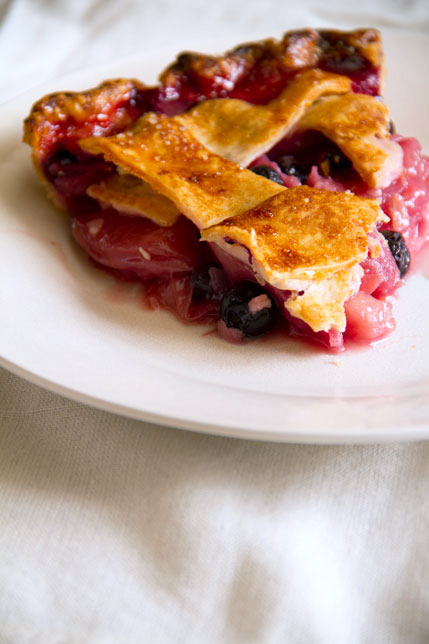
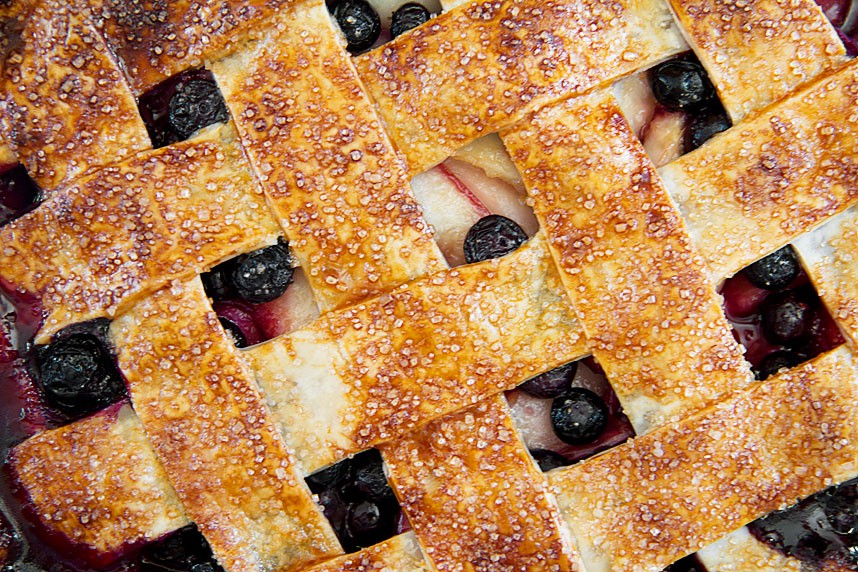
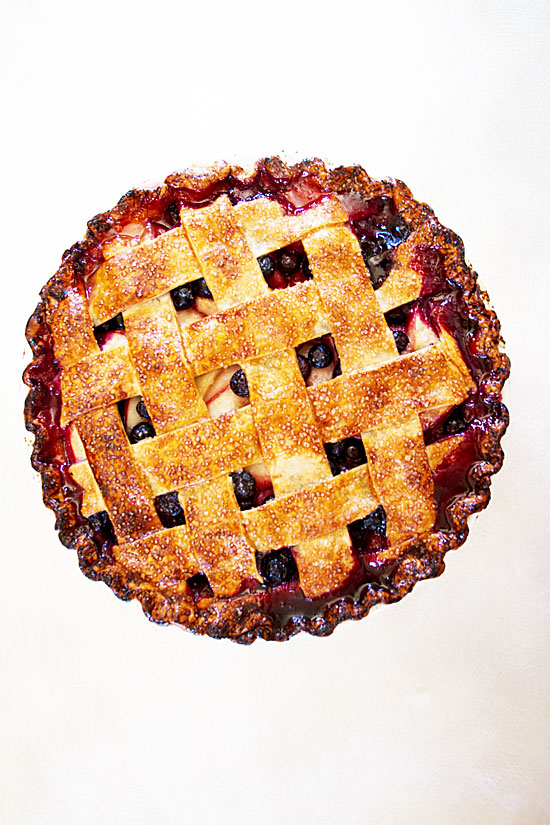

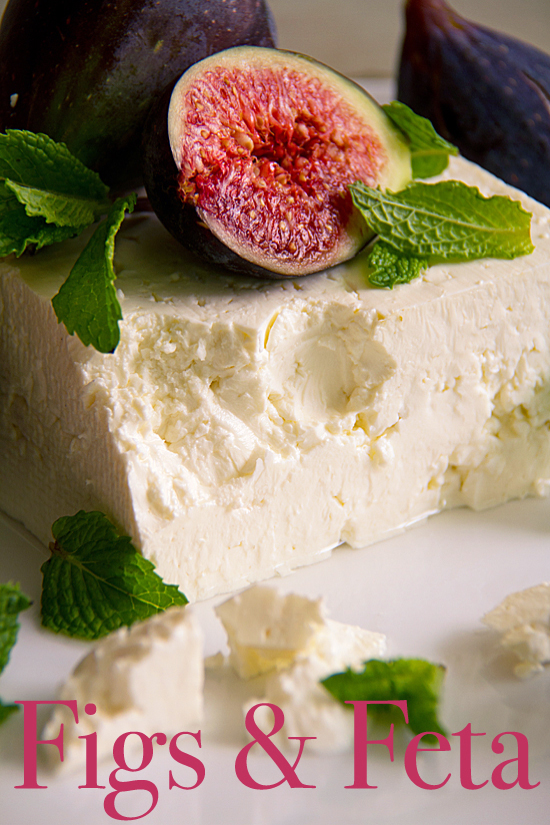
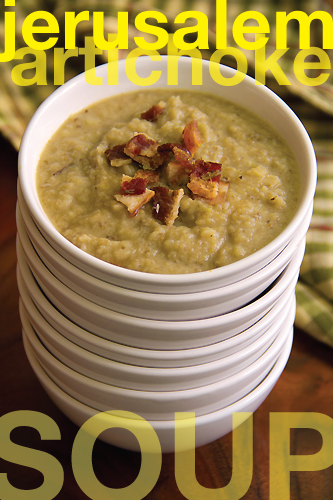
I love the idea of baking a pie and setting it in the windowsill to cool, like in Mayberry. Hah!
It’s too hot to bake now. Let me see if I can fit one into my little toaster oven.…
You had me at “a perfect fruit pie is like porn, you know it when you see it. And these pictures are stunning. This is some of the best pie advice I’ve ever seen. Thank you.
You hit on so many important points! I love making fruit pies all summer long—and my hubby would be thrilled if I whipped up your nectarine-blueberry winner! As far as meringues go, my oven is only a few years old, so I just baked it on regular bake, not convection, and didn’t bother to rotate. Fingers crossed your next meringue pie will be just as successful 🙂
I was making a cherry-berry-peach crostata on Sunday when your email popped in. I should have read it then… I never let my crusts get too brown… I need to try that. I have always gone for the golden brown of my mother. I love that your last bit of advice is never to refrigerate a fruit pie. It is, indeed, a sin.
Nectarines and blueberries are a match made in heaven. I could never make this pie because I can’t quit eating the fruit long enough to prepare it. LOL
Love a gorgeous summer fruit pie, Greg! And, yes, you must use perfectly ripe fruit rather than just piling on the sugar. Mmm … and nectarines and blueberries are called a classic combination for a reason! I need a slice now.
Excellent tutorial. I think this wins for perfect pie. Really.
I think the best instruction was to eat the pie within 24 hours. But the rest of your tips were very good, too!
Thanks for all the good tips. I seldom bake pie but your recipe looks so good I might try it.
Oh! What a beautiful pie Greg! Summer perfect.
Pie! This looks so good, and the fruit filling is perfect. You have to love fresh summer nectarines and blueberries.
I love the way you describe this! Perfect pie is indeed like porn!! This looks lovely!
Thanks for the pie-making/baking tutorial. My favorite of your tips was to make sure the pie is baked enough — I think many recipes do not call for sufficient time in the oven.